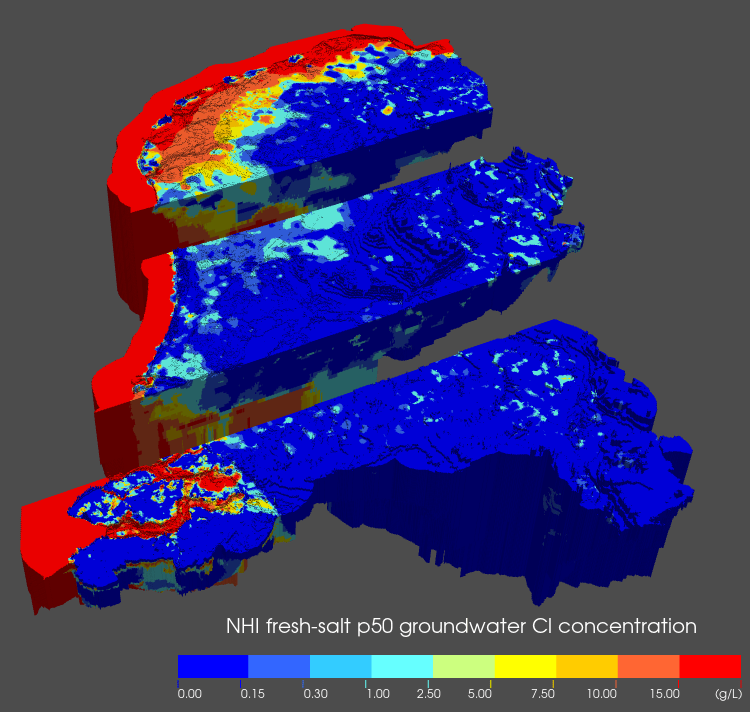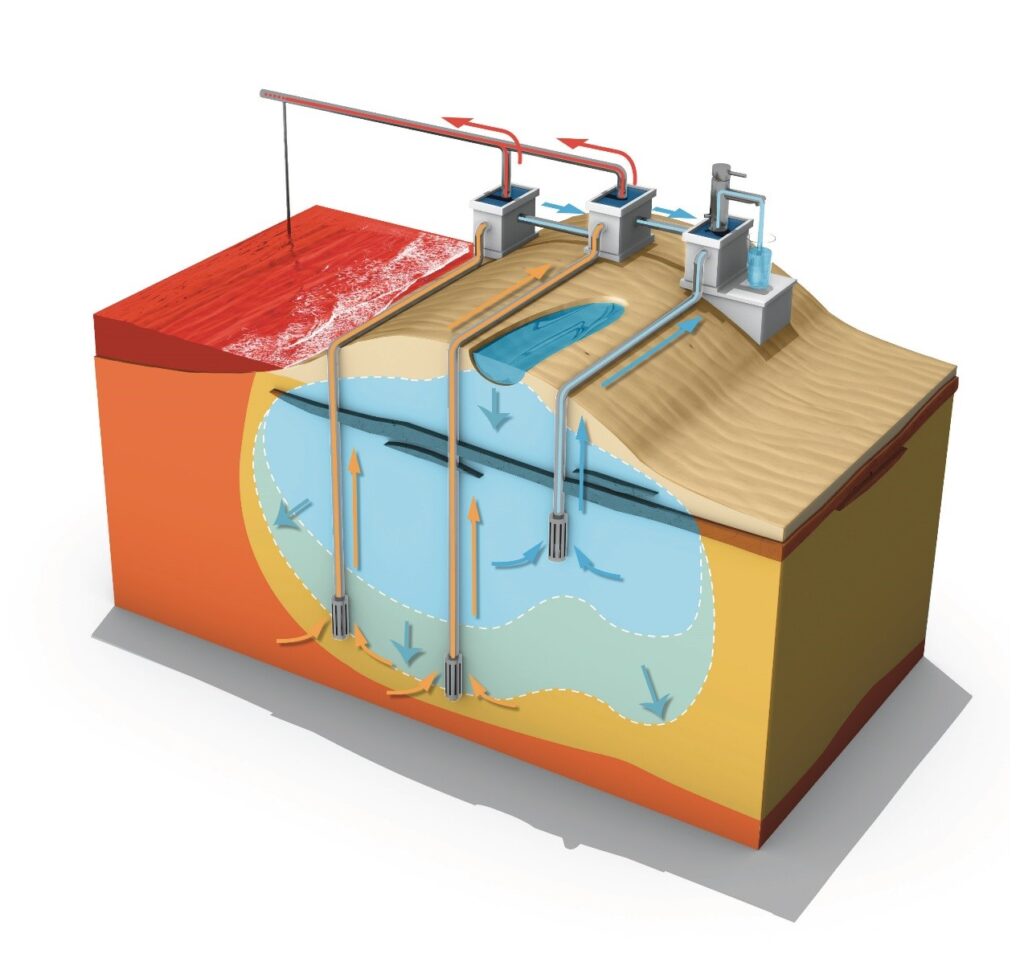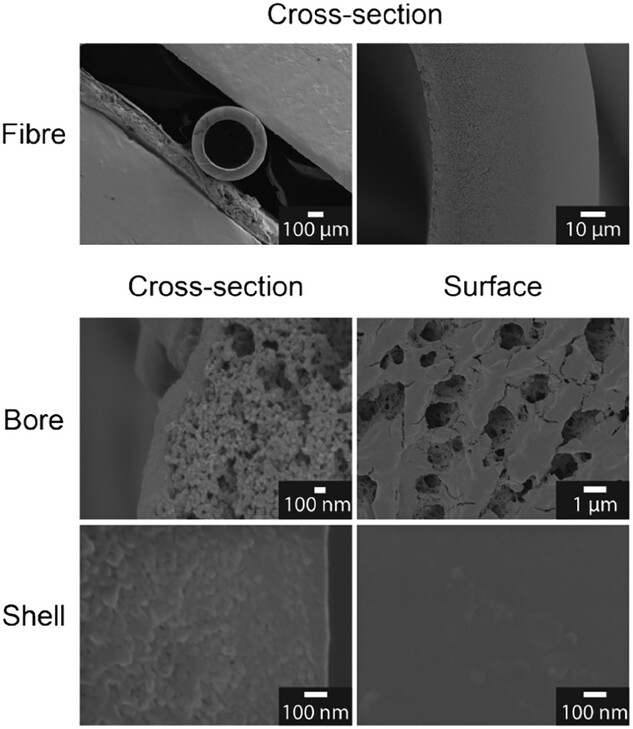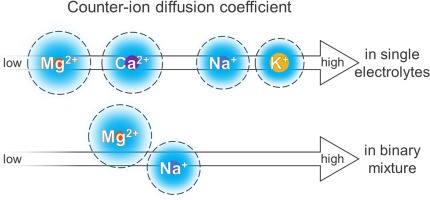Digital models that display and predict subsurface water distribution
PhD-candidates Thijs Hendrikx and Ignacio Farias Gutierrez work on the development of coupled groundwater-surface water models that allow for the calculation of current and future distribution of fresh, brackish and saline groundwater and the impact of different measures, such as brackish groundwater extraction or subsurface brine disposal, on this distribution (see figure 1). This work is performed in a collaboration between Utrecht University and Deltares, under the supervision of Prof. Marc Bierkens, dr. Gualbert Oude Essink, dr. Perry de Louw and dr. Marios Karaoulis.

Figure 1. Example output of the model: an overview of the Cl- concentration (g/L) in surface and subsurface water resources
Scaling between the regional and local scale
The focus of the model development is on the development of groundwater-surface water models that can seamlessly scale between the regional and local scale. This allows to model the impact of local measures, such as groundwater withdrawal, brine disposal and aquifer storage and recovery, on the regional water distribution. These models will then be combined with research from the other work packages to design regionally self-sufficient smart water grids and aid their day to day operational water management. Methods for the operational monitoring and management of fresh, brackish and saline groundwater resources are now lacking. Therefore, a generic toolbox will be designed that supports subsurface water management by combining modelling and innovative in-situ field data.
Brackish water extraction and brine management
To further support future management of fresh and brackish groundwater resources, also the effect of brackish water extraction and the injection of brines in the subsurface on the subsurface water distribution is determined experimentally. For this, Thijs and Ignacio connect to for instance the pilot ‘Brackish groundwater extraction’ of the drinking water supplier Dunea in the Province of South-Holland (see figure 2). The integration of this research on brines with the research results on risk assessment and treatment of brines from the other AquaConnect researchers will result in a future-proof approach for brine management.



